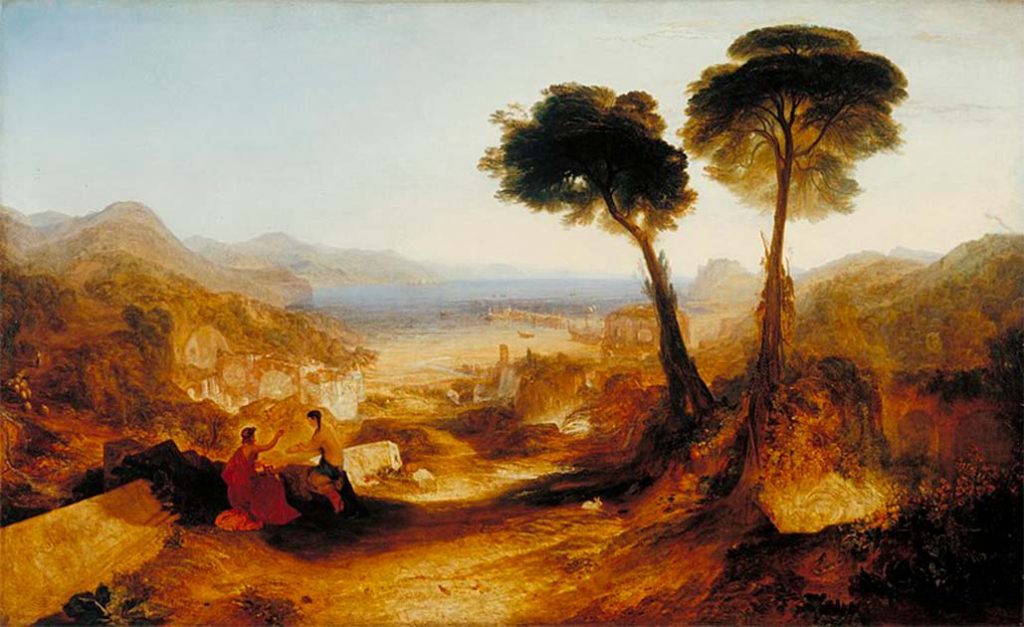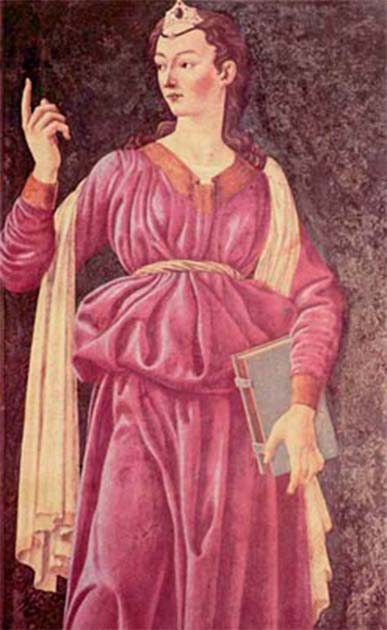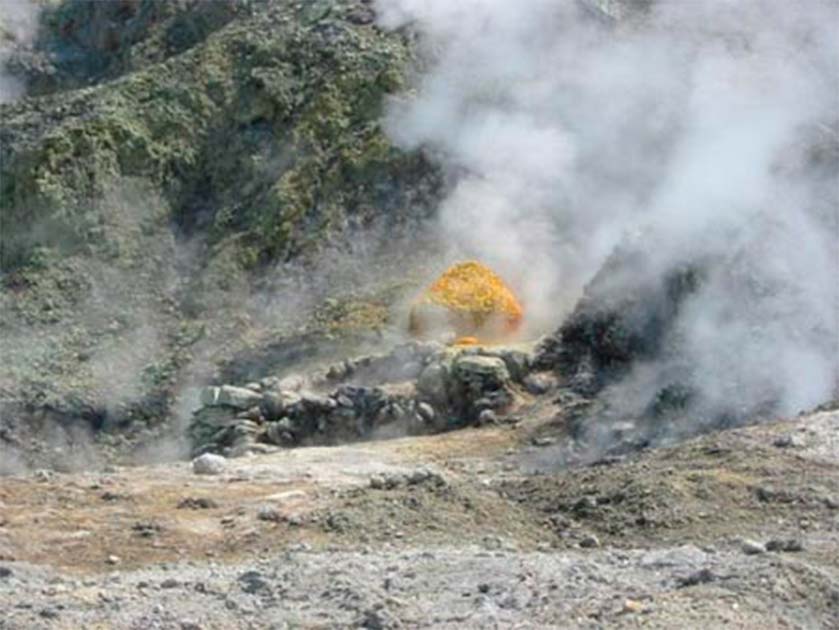There exist specific places on our planet where nature and the supernatural seem to intertwine. Over generations, such mystical spots become the crux of mythological narratives; an example is the ancient Roman resort of Baiae.
Baiae is nestled in Campania, a region in Southern Italy. Overlooking the Bay of Naples, Baiae served as a coastal getaway for Rome’s affluent citizens. As a result, the resort earned a reputation for the indulgent lifestyle of its residents. Over time, local volcanic activity led to a significant portion of this ancient retreat being submerged. To witness the Roman remnants in Baiae Archaeological Park is one thing, but a complete appreciation of Baiae’s grandeur requires an underwater exploration. Besides being a vacation spot for Rome’s elite, Baiae’s hot springs, which were a draw for visitors, endowed it with a mythical aura.

In 1932, an unseen chamber, or antrum, was unearthed by an Italian archaeologist, Amedeo Maiuri. After Maiuri and his team penetrated only a few feet into the tunnel, the exploration was abandoned, leaving the antrum’s mystery untouched. It wasn’t until the 1960s that interest in the antrum was rekindled, this time by a British amateur archaeologist, Robert Paget. Alongside an American associate, Keith Jones, and a handful of volunteers, Paget embarked on a decade-long excavation of the antrum, unearthing a sophisticated tunnel network.
Paget postulated, based on his discoveries, that this could be the fabled ‘Cave of the Sibyl’ as mentioned by ancient writers. The Cumaean Sibyl, or the prophetess, is reputed to be a woman named Amalthaea who resided in a cave in the Phlegraean Fields, the same region where the tunnel was discovered. As per the legend, she possessed prophetic abilities and inscribed the future on oak leaves, which she dispersed at her cave’s entrance.

During the rule of Tarquin the Proud, Rome’s last legendary king, the Sibyl allegedly proposed to sell him nine prophetic books or scrolls at a lofty price. When the king declined her proposition, the Sibyl departed, only to return with six books/scrolls, having burnt three. She again offered the remaining books/scrolls to the king at the same price, which he declined once more.
Upon her third visit with only three books/scrolls left, the king finally agreed to her terms. These prophetic writings were subsequently stored in a stone chest within a vault beneath the Temple of Jupiter, and consulted only during a crisis. They were used as a manual for performing rituals believed to prevent impending disasters.

Paget believes that the tunnel system’s characteristics suggest it was designed to replicate the mythical journey to the Greek Underworld. For instance, the subterranean stream of sulphurous water could symbolize the River Styx, which the deceased were required to cross to reach Hades.
- Heracleion – Discovery of the Ancient Sunken Egyptian City
- Why Did The Chinese Blast Tunnels in the Sierra Nevada?
Given the presence of a ‘landing stage’ at one end of the stream, Paget surmised that a boat might have been stationed there to ferry visitors across. At the stream’s end, a staircase led to a concealed sanctuary, speculated by Paget to have possibly housed an individual impersonating the Cumaean Sibyl.

Based on these findings, Paget hypothesizes that the tunnel system fulfilled a ceremonial role for the ancient Romans. However, this interpretation is contentious. Numerous questions remain unanswered, such as the identity of the tunnel builders and the exact construction date
Top image: The so-called ‘Temple of Mercury’ at Baiae. Source: Altsachse / CC BY-SA 4.0.
By Ḏḥwty